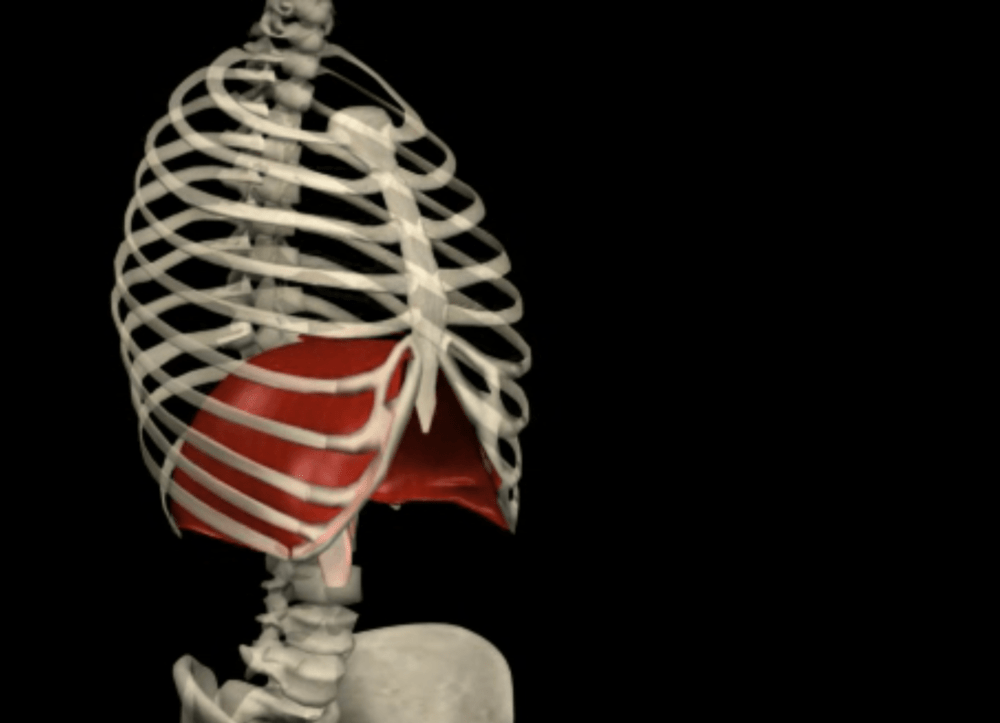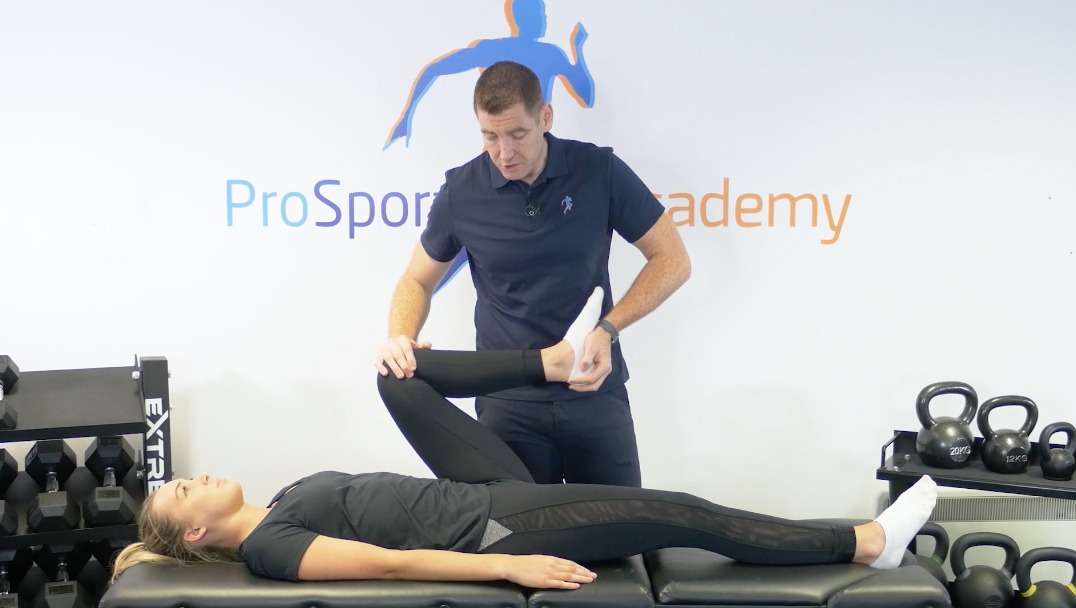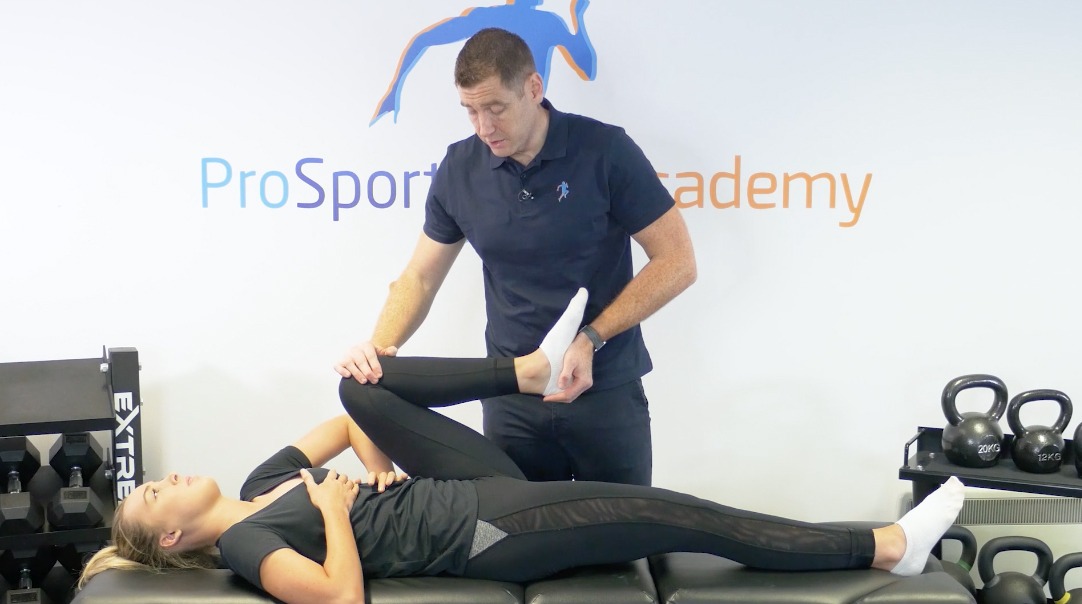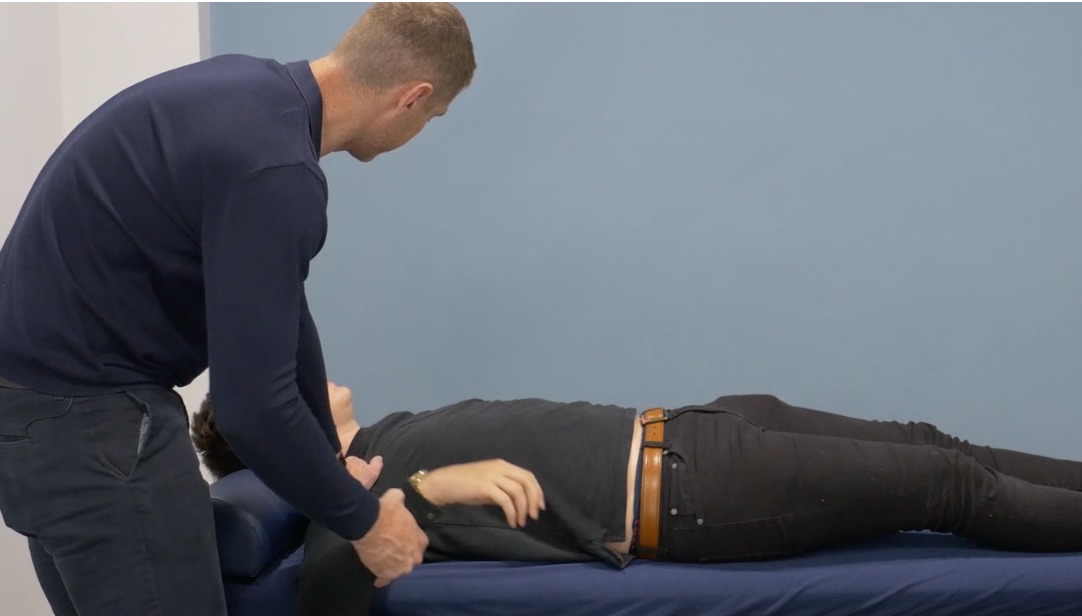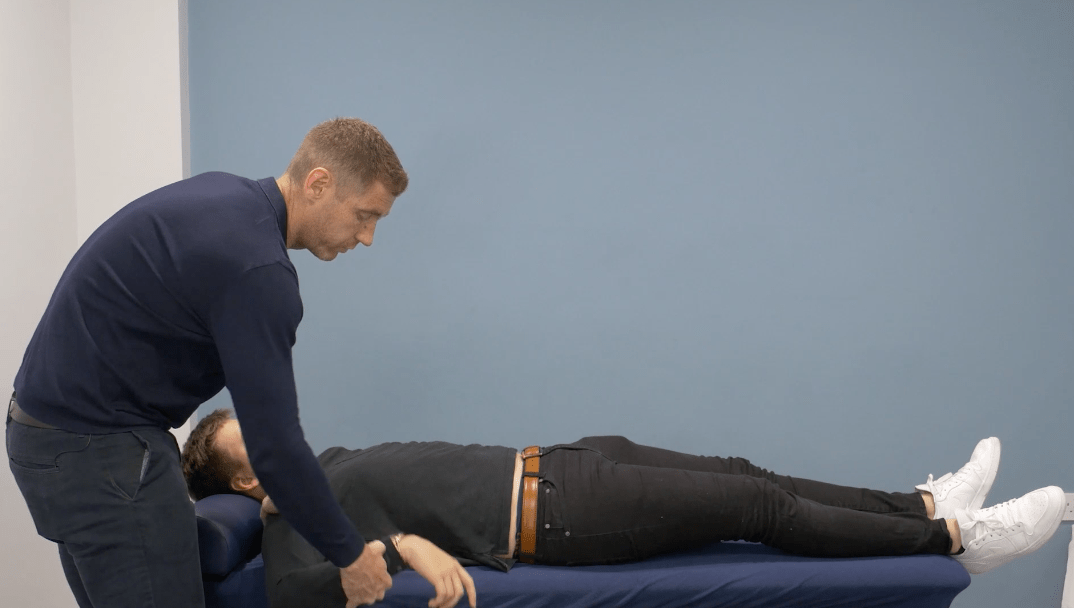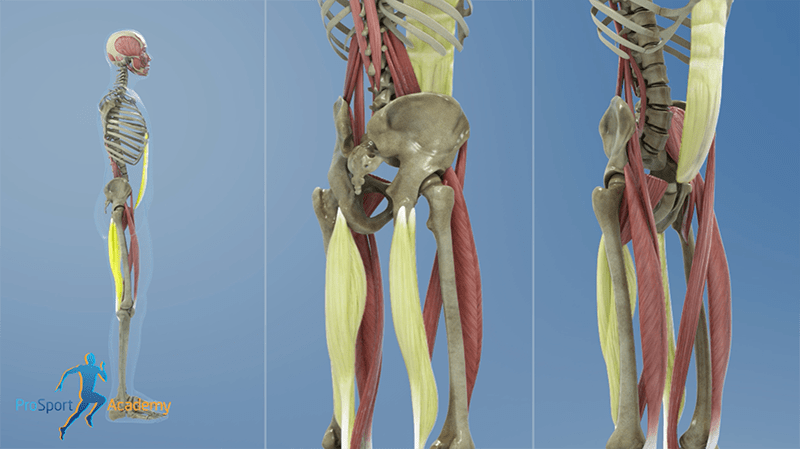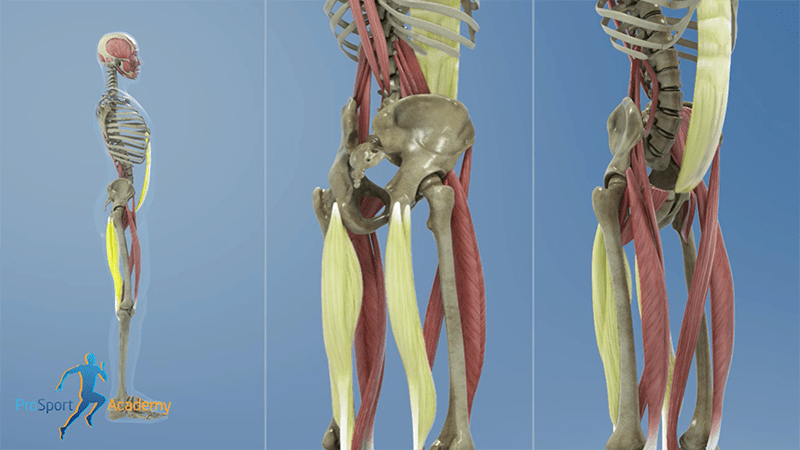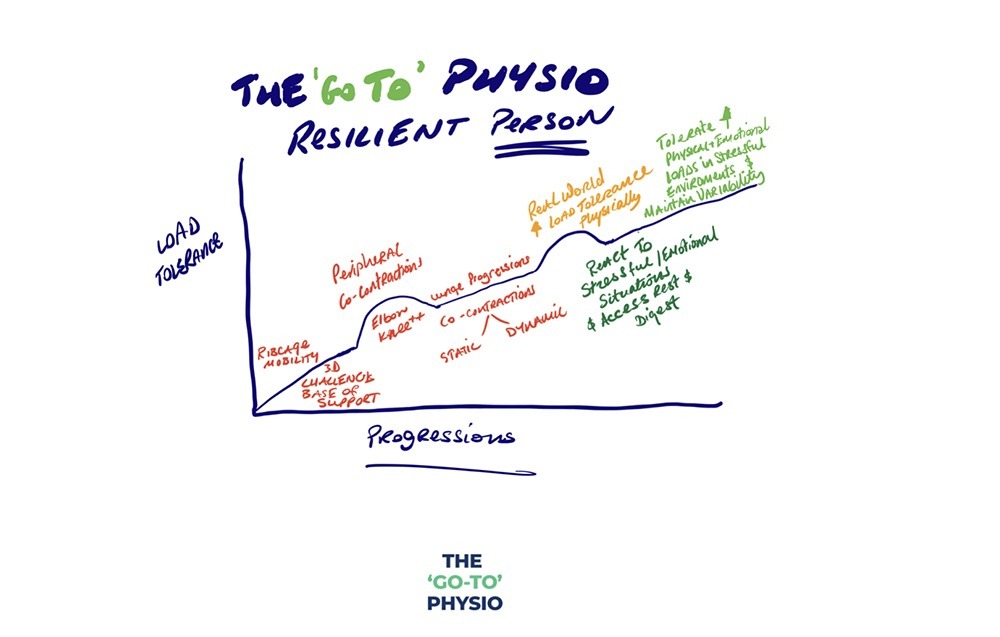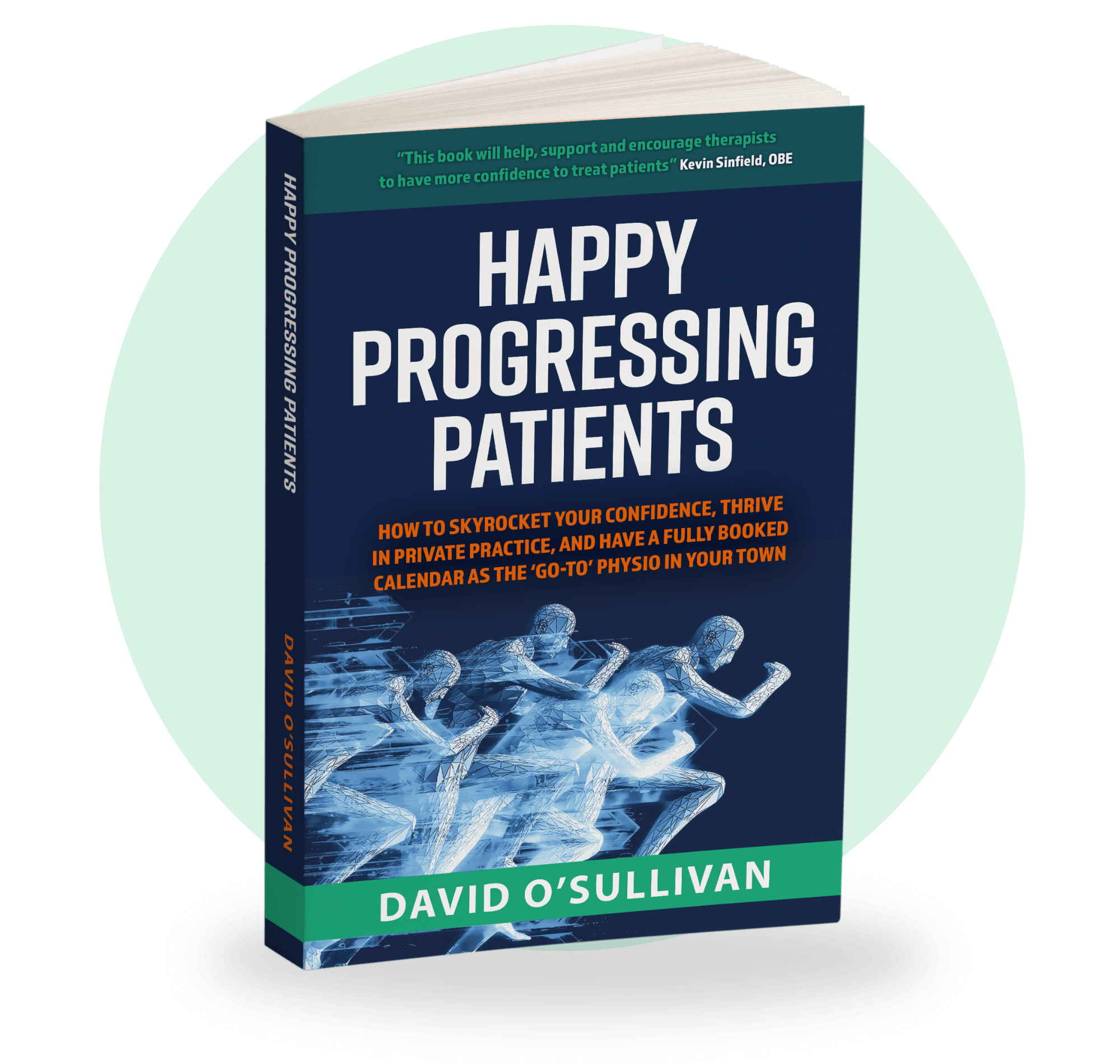
In this article, you’ll learn just how quick and easy a diaphragm and pelvic floor assessment can be.
I spent years not knowing the full significance of these muscles…
Using hands-on treatment trying to help back pain, shoulder pain, hip, hamstring, or groin issues… only for the problem to return again.
It wasn’t until I took a step back… that I realised, maybe I wasn’t looking in the right place.
Keep reading and I’ll reveal how the diaphragm and pelvic floor muscles might be more involved than you think and how easy they are to assess indirectly in the clinic…
The Pelvic Floor Muscle
The pelvic floor muscles are located at the base of the pelvis. They are made up of muscle fibres from the levator ani, coccygeus muscles, and other tissues that sit within the pelvis.
Despite being hidden away they play a key role in the body…
The pelvic floor muscle function is to support the organs above.… It controls the bladder and bowl, plays a key role in sexual function, and supports the sexual and birthing organs for women.
Pelvic health is vital to our wellbeing as muscle weakness or pelvic floor dysfunction may lead to urinary incontinence, leakage, and loss of control over bowel movements.
The Diaphragm as a Breathing Muscle
The diaphragm’s primary function is respiration.
It is located at the base of the abdomen and beneath the lungs… exerting control over the lungs throughout breathing. Take a deep breath and you’ll feel it.
Inhale and the muscles contract and flatten, making the chest cavity larger and drawing air into the lungs… Exhale and the diaphragm will lengthen and air will escape.
In short… it keeps us alive.
The Diaphragm and Pelvic Floor as Core Muscles
The role of the diaphragm and pelvic floor muscles seems simple, right?
Well, there is far more to these two than most people think… One of their most important features is the way they function together and with the rest of the body.
If you study them both, you’ll quickly realise they are core muscles…
They work together with other abdominal muscles and back muscles, offering core stability, support to the spine, and control over posture.
Struggling to Make Sense of Your Assessment?
Both the diaphragm and pelvic floor muscles are central to our physiology… But as a group of muscles, they are often overlooked…
It’s something I see all the time… a physiotherapist in their clinic or even on social media perform a hip or shoulder assessment and a few treatment techniques…
You might get some short-term results… maybe a few days pain-free? But by the next session, the problem is back.
So… If you’re struggling to make sense of your objective assessment and want lasting changes, consider the role of the diaphragm and pelvic floor.
Here are a few thoughts on your next assessment to help you work smarter not harder…
Clinical Example: Hip Flexion Assessment
Have you ever had a patient when you took their knee to the chest in supine, they got a pinch in the groin? Or maybe had decreased hip internal rotation?
If you were anything like me, you might have wasted hours of your life sticking your elbow in someone’s glutes…
When performing this test next time, get the patient to exhale for as long as possible…
Help them depress the ribcage on the same side of the hip being tested and hold this end range ribcage position.
Now retest the hip flexion and/or hip internal hip rotation. Most patients will improve their range of motion instantly… if the diaphragm and pelvic floor are perhaps contributing to the problem.
I’m hoping it shows you rather than spending hours like I did ‘triggering the glutes’ for the first 5 years of my career…
it may be worth standing back… and thinking about where to start…
Are you starting to see how the diaphragm can influence the ribcage? Are you starting to see how this can influence the pelvis which can influence the hip joint?
Clinical Example: Shoulder Internal Rotation Assessment
With the patient in a resting position on their back… bring the right elbow to 90 degrees flexion and the right shoulder 90 degrees abduction. Test the patient’s right shoulder internal rotation.
Before you give this patient the sleeper stretch that… from my experience will bring about short term changes at best for most athletes…
Have the patient inhale, then exhale… and guide their upper rib cage into depression, retraction, and internal rotation. Get them to hold this position with their hands.
Now retest the shoulder internal rotation.
*Full credit to Ron Hruska and the Postural Restoration Institute for first bringing this particular test to my attention.
From my experience… the range will improve very quickly unless there is major shoulder pathology present….
This may indicate that it may be more advantageous to start by helping the diaphragm to lengthen… rather than stretching the shoulder capsule.
Can you see how the diaphragm can influence the ribcage? Can you see the influence over the ribs and the scapula position… which can influence the shoulder joint?
You don’t need any special breathing technique… You can work smarter, not harder.
The Diaphragm and Pelvic Floor Muscles’ Impact on the Lower Limbs
Are you starting to piece together how the diaphragm and pelvic floor muscles play more of a role than you think?
Just as with hip and shoulder flexion, they have a big impact on the lower limbs.
Take this example…
Tight Hamstrings And An Inability Of The Diaphragm To Go Through A Full Range Of Movement
Notice the depressed ribcage and reaction of the pelvis and hence the hamstring resting length
Think of a patient squatting a heavy load. They’ll naturally try to overcome muscle slack and make a proud chest, elevate the rib cage and shorten the diaphragm even further.
Perhaps they further lose the ability to lengthen the diaphragm and lose access to more rib cage retraction, depression, and internal rotation motion.
This may stimulate more receptors… and give your patient a conscious awareness of their hamstrings feeling ‘tight’.
Ironically your patient’s hamstrings are not tight. They are actually lengthening as the proximal attachment is lengthening further as the ribcage elevates.
Notice the ribcage elevation and the reaction at the pelvis and hence the hamstrings lenghten
Can you see now why that hamstring massage and stretching may modulate the receptors short term?
I wasted many an hour early in my career massaging ‘tight’ hamstrings… only for the symptoms to return instantly.
Piecing The Clues Of Your Patient’s Story Together To Work Smarter Not Harder
Do you see how the diaphragm muscle and pelvic floor do more than you think? How they have a much larger role to play?
Now, I’m not saying they will be responsible for 100% of your patient’s pain…
But what I am saying is you need to look at the person first and the pain second.
You need to be looking at the whole body and the whole story…
If you’re not doing this… Don’t panic…. I’ve seen plenty of experts make the same mistake.
But it isn’t too late to change the way you work….
My first step in my step by step system is to restore ribcage mobility and mobilising the diaphragm and pelvic floor may be required to do this…
Looking For More Information On The Diaphragm And How To Get The Long-Lasting Results You’re After?
For more information and clarity on the diaphragm and how to treat it in your day-to-day practice, click here and receive your free diaphragm manual.
If you want to know how to positively impact your patient’s diaphragm click here.
Get Your FREE Copy Of The Amazon #1 Bestseller That Holds The Secret To Confidently Treating Any Patient!
Download a Free ‘ebook’ copy of the 8-Step ‘World Cup’ Treatment Plan that helped my private patients achieve full recovery and made me a ‘go-to’ physio for complex cases…
